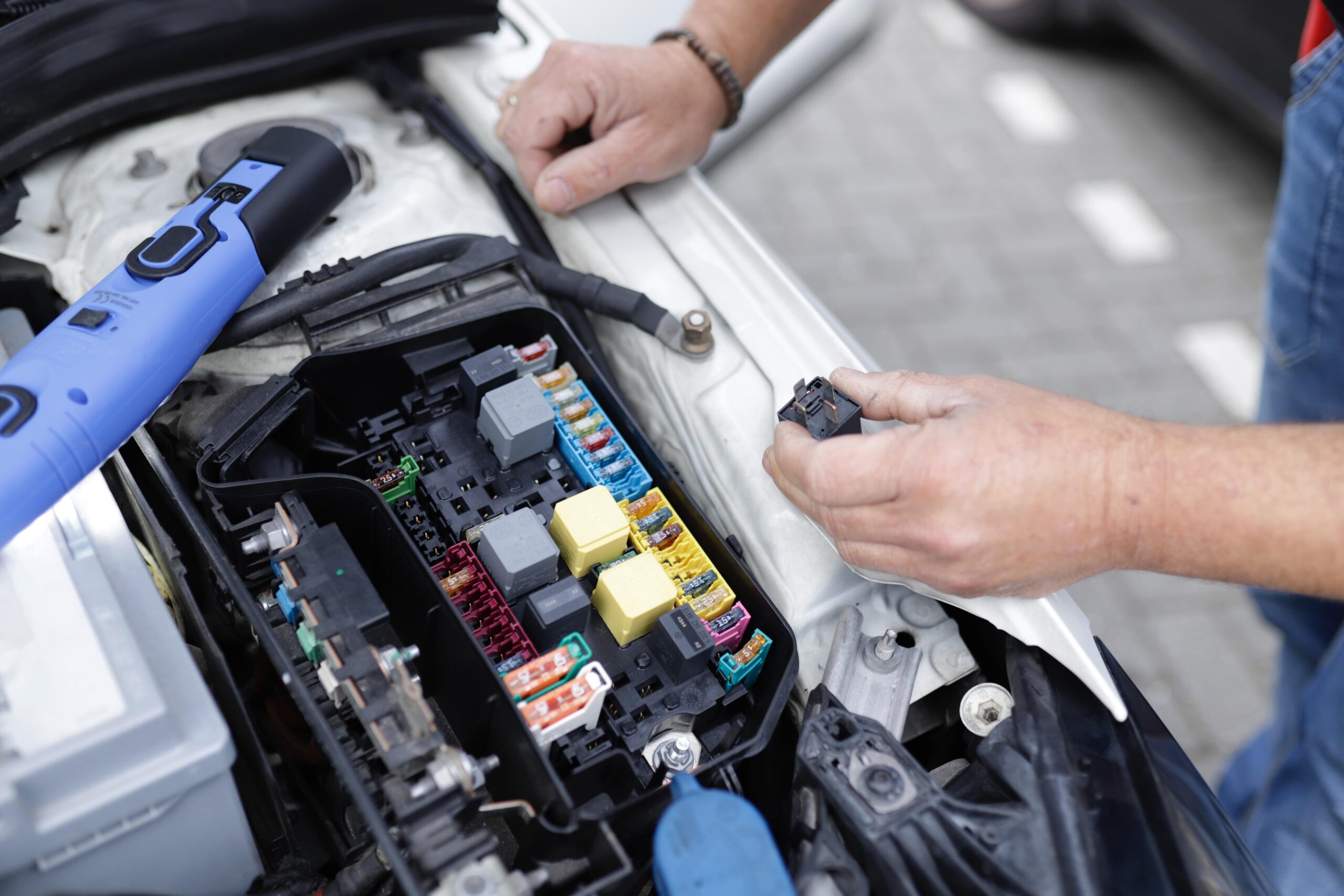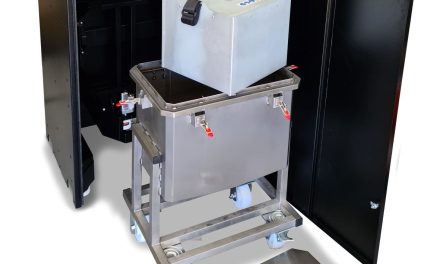The UK’s electric vehicle (EV) market is on the rise and, although their benefits for everyday motorists are well-documented, these vehicles have lots of untapped potential in ATEX and potentially dangerous environments. Here Steve Hughes, managing director of EV power specialist REO UK, explains how EVs will find their place in extreme environments and how manufacturers can prepare them for these applications.
Although EV technology is evolving all the time, placing these vehicles in harsh, unforgiving environments would traditionally seem counterintuitive. High temperatures can affect the functioning of chargers and reduce the lifetime of vehicles, while environmental conditions, like dust and debris, can have a negative impact on the power electronics of batteries and chargers.
Nevertheless, we are now seeing a shift in mindset. The UK Government has set a target of phasing out the production of all diesel cars by the year 2030 and, as designs and components become more sophisticated, it’s reasonable to expect EVs to eventually replace ICE vehicles in hazardous environments as well as the domestic market.
A growing demand
According to the Society of Motor Manufacturers and Traders (SMMT), 23,480 passenger plug-in cars were registered in the UK in January 2022, 90 per cent more than last year. Furthermore, close to a third of new cars are electrified, if we include nearly 13,500 non-chargeable hybrids. As the domestic EV market has grown, it is inevitable that we will see more EVs being used in harsh and hazardous environments as we reduce our reliance on traditional ICE vehicles.
Recently, there has been a rise in the number of electrified and battery-powered explosion-proof vehicles. Unlike ICE counterparts, these avoid ignition risks in the surrounding atmosphere, reducing the likelihood of explosions. Therefore, there is now a growing gap in the market for explosion-proof trucks and vehicles in ATEX environments like oil and gas processing plants, mining facilities and chemical plants.
Like ICE vehicles, EVs can be used for maintenance, logistics, first aid, surveillance and firefighting purposes. They will mainly use AC motors with high torque and gradual power distribution, preventing the risk of sliding or poor grip on sandy, snowy and icy terrains. These vehicles also have specific safety features covering electrical components like the batteries and connectors as well as non-electric parts that could generate high temperatures or sparks, such as the brakes.
The importance of cooling
Every electric car battery needs a cooling system, they operate optimally at certain temperatures and are designed to only withstand certain temperature fluctuations. Generally, lithium-ion batteries operate best between 20-40 degrees Celsius, so operating outside this range requires an appropriate cooling system to facilitate heat dissipation. Generally, most electric vehicles use a cooling loop containing an ethylene glycol coolant, which is circulated through the batteries via an electric pump.
As demand for EVs grows in ATEX and other extreme environments, design engineers and vehicle manufacturers can expand their applications by incorporating liquid cooling systems from the beginning. When relying on air cooling and fans, vehicles are at risk of dust and other debris entering through the vents and causing damage. Every vehicle is designed for a bit of wear and tear, but if EVs are being driven in extreme conditions on a regular basis the lifespan of the car could reduce significantly.
On the other hand, transferring heat from the engine components using liquids such as water can provide effective heat dissipation without potentially harmful particles entering the system. Meanwhile, an internal thermal switch can be used to execute a safe and controlled shutdown of the system if the coolant runs out or the cooling system fails.
Braking resistors
As EVs are more widely used in unforgiving environments, another area of importance is braking resistors, which protect the electric motors from voltage rises in the DC link. No resistor is the same, and heavy vehicles and trucks need high wattage braking power and effective heat dissipation to maintain driver safety when they brake sharply.
Installing water-cooled braking resistors is a vital step before bringing these vehicles into more arduous settings, whether these are processing plants or oil and gas facilities. To help meet this demand, we recently began supplying the BWD 158 standard range, which is rated for continuous power of up to 5,000 W. It has a high overload capacity — up to 33 kW — and a low surface temperature, which can be lower than the ambient temperature in certain environments. Therefore, this new product lends itself to operation in ATEX environments, where a high possibility of explosion necessitates low surface temperatures.
As EVs overtake traditional ICE vehicles, their role in ATEX and other potentially hazardous environments will only increase. Preparing these vehicles for challenging surroundings like processing plants means starting at the design phase and specifying a liquid cooling system to shield the battery and other electrical components from the effects of extreme heat and debris. Integrating water-cooled braking resistors can also help ensure driver safety is the most difficult of terrains.
To find out more about REO UK’s range of braking resistors and how these can protect EVs in challenging environments, visit the company website.



